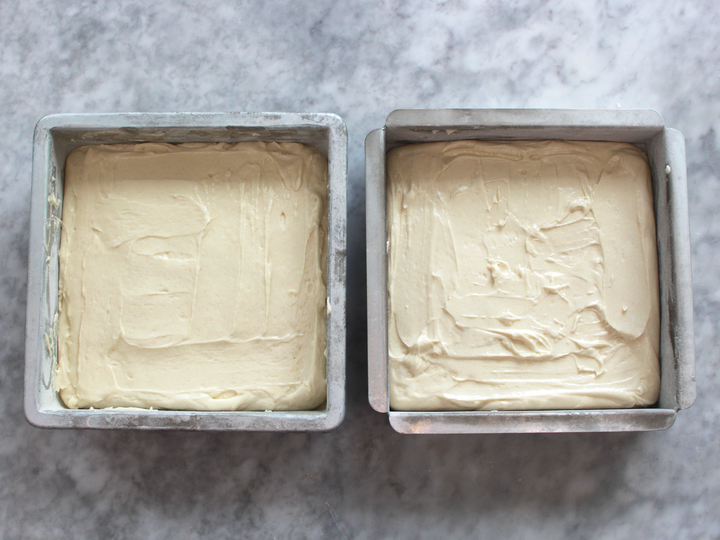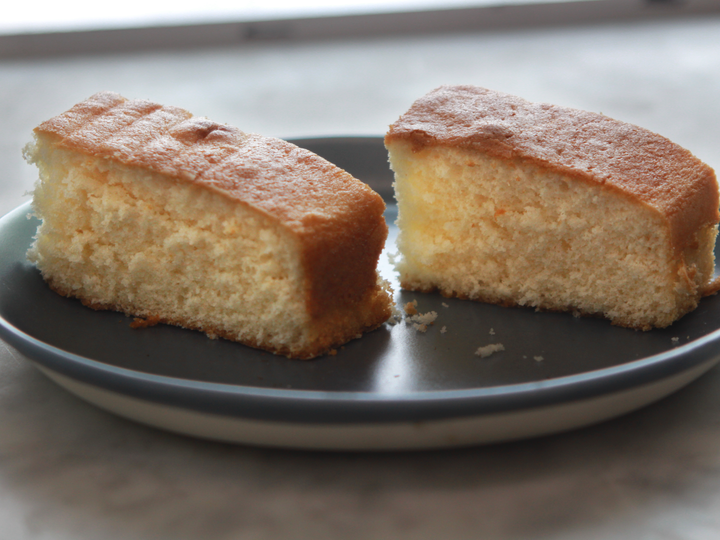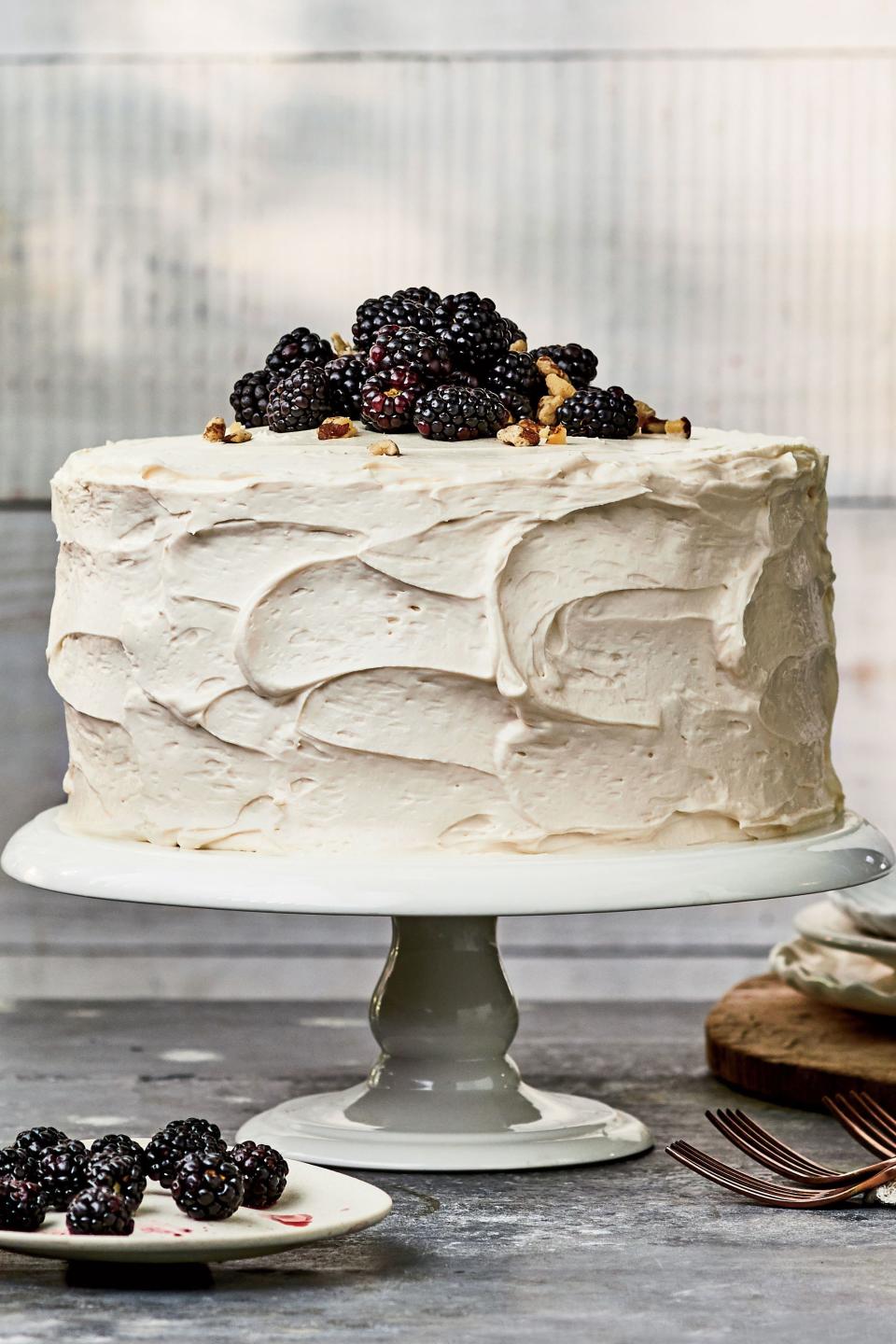What Is Cake Enhancer And Does It Actually Work?
Targeted ads are a bit like art: They reflect life. And if you’ve tried out seven different boxed cake mixes in the last month, that means your social feed is going to display all kinds of ads for King Arthur Flour.
That’s how I came across Cake Enhancer, a King Arthur product that promises to keep homemade baked goods soft and moist for longer than they would otherwise. King Arthur insists it isn’t magic. It’s actually an emulsifying agent made from a mixture of rice starch, polyglycerol esters of fatty acids, mono-, and diglycerides.
Cake and other baked goods already contain other emulsifiers, notably egg yolks, oil, or milk. Emulsification is key to the baking process, as it stabilizes ingredients that don’t combine easily, like oil and water. If you’ve ever had a cake fall apart or stirred up some broken batter, the mixture likely didn’t emulsify properly. This stability is exactly why it’s so important to follow baking recipes and instructions as closely as possible. Eggs and butter don’t mix well when they’re cold, and will leave you with clumpy, separated batter. The same thing can happen if you add too many ingredients at once or mix them in too quickly. In short, the more stable your batter, the better your cake will turn out.
Boxed cake mixes come packed with shelf-stable emulsifiers, and as a result usually aren’t subject to breaking up like a homemade cake batter might. Since it’s a powder, the emulsifiers in Cake Enhancer will give from-scratch cake a boost without changing its alchemical makeup (and causing more problems). Cake Enhancer allows you all the glory that comes with making a cake from-scratch, but adds the shelf-stable levity you’d get from Betty Crocker.

The Test
To determine whether the cake enhancer worked, we ordered a jar from King Arthur’s website to test out on our foolproof yellow cake recipe. The recipe yields enough batter to fill two 8-inch square pans, making it perfect for experiments: One pan was filled with the 1-2-3-4 Cake batter as-is, while the second contained batter mixed with 1 ½ tablespoons of Cake Enhancer.

The noticeable differences between the enhanced and regular cake started with the batter itself: Adding Cake Enhancer to the batter made it thicker and creamier. The disparities continued in the oven, as the non-enhanced cake finished baking about 12 minutes earlier. Additionally, the enhanced cake released from the greased and floured pan with surprising ease, while a thin skin of crumbs clung to the control cake pan.
The distinctions didn’t stop there. The very appearance of both cakes was enough to show that the cake enhancer made a difference. The enhanced cake (Pictured right) rose higher and had a more rounded top. As far as eating went, both cakes were similar, minus one critical nuance: Texture. It was subtle, but the enhanced cake definitely had a softer feel and a little more give once bitten. Cake Enhancer, much like the name suggests, takes a delicious, buttery homemade cake and gives it just enough edge to make it perfect.

If you’re new to baking from scratch, a little insurance in the form of Cake Enhancer isn’t such a bad idea. The last thing you want to do while baking your first cake from scratch is panic over how it’s gonna turn out. Of course, nothing’s wrong with forgoing it, or just opting for a box mix instead.


